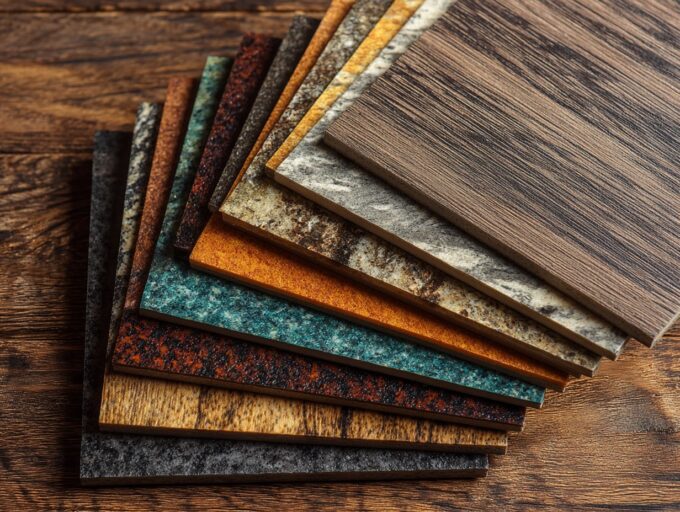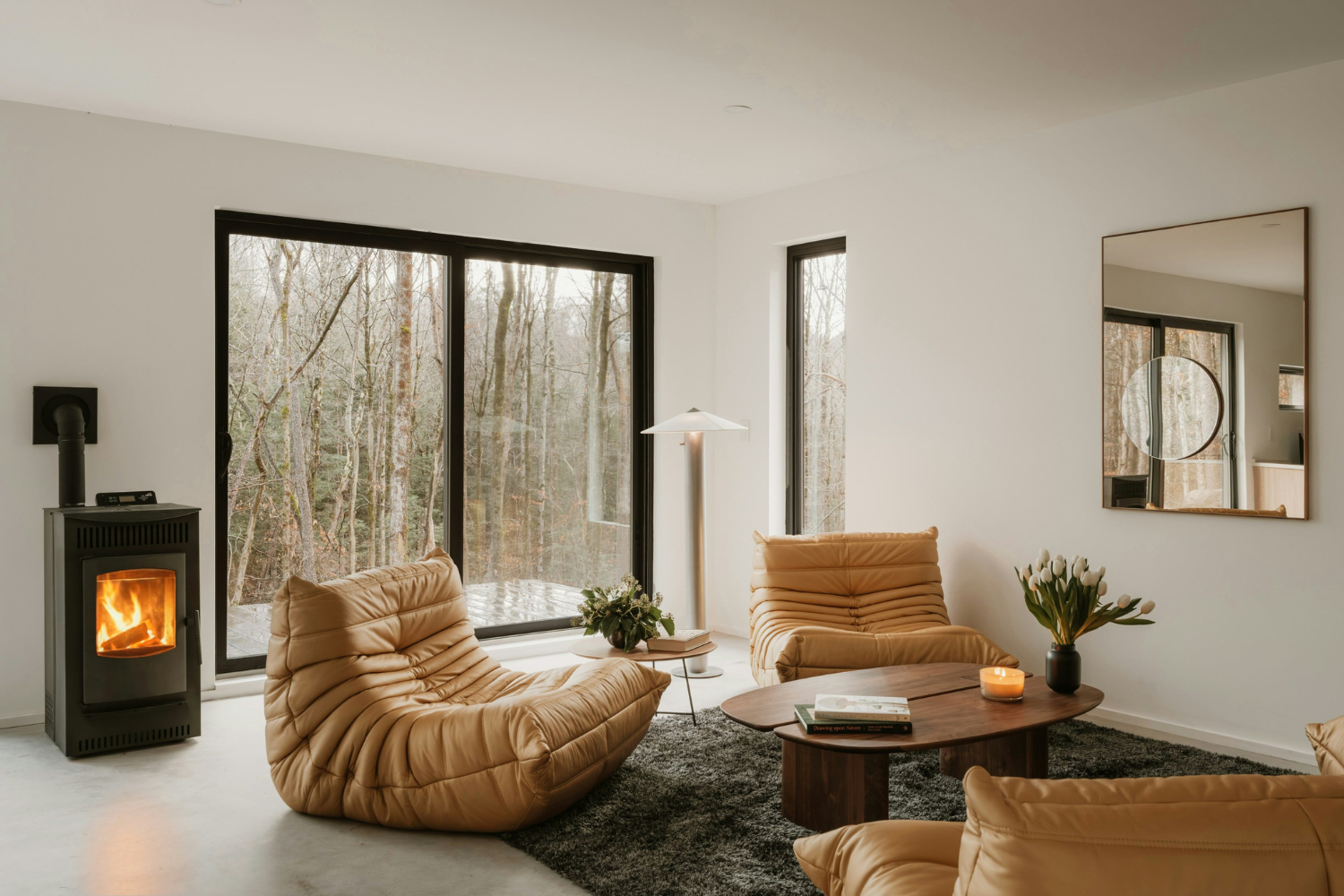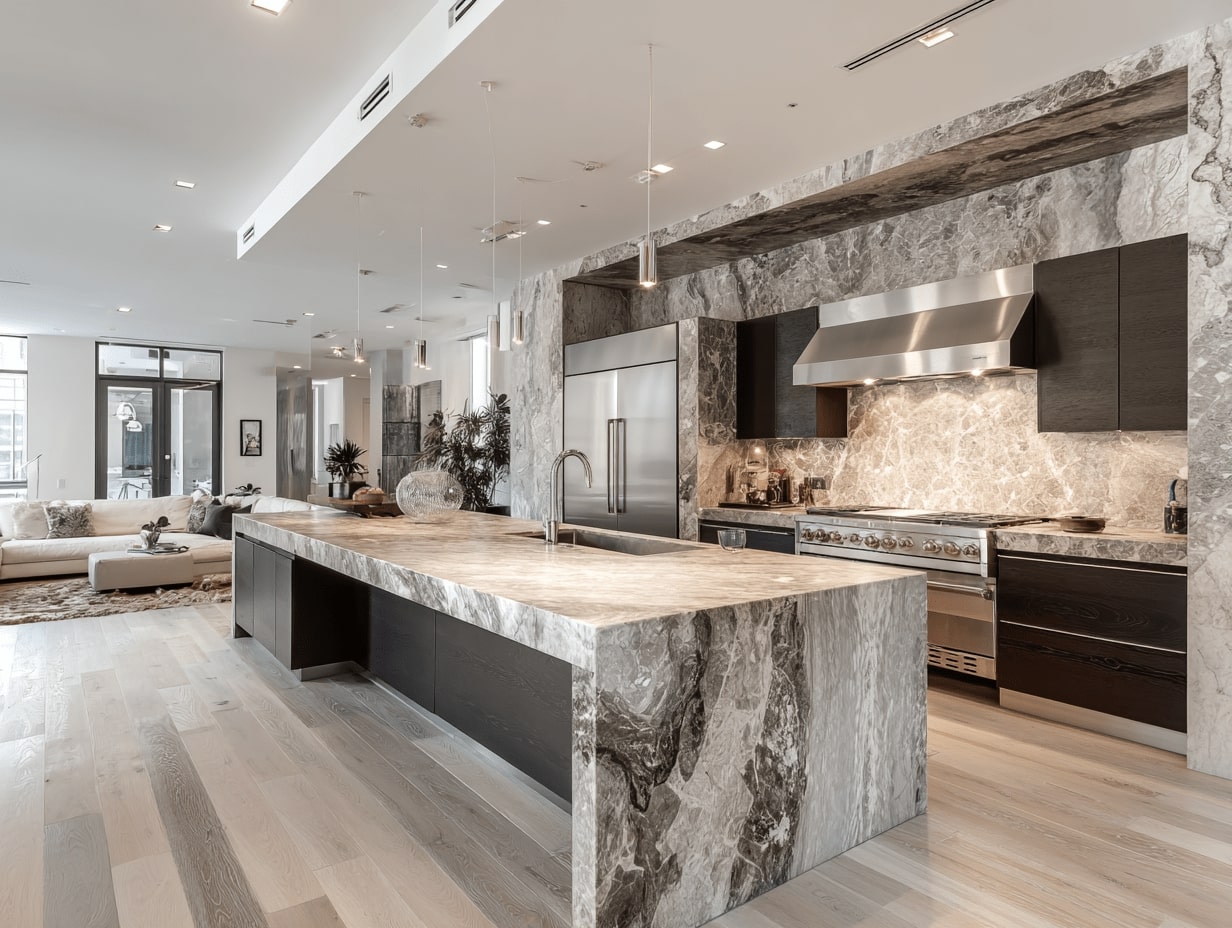- Home
- Articles
- Architectural Portfolio
- Architectral Presentation
- Inspirational Stories
- Architecture News
- Visualization
- BIM Industry
- Facade Design
- Parametric Design
- Career
- Landscape Architecture
- Construction
- Artificial Intelligence
- Sketching
- Design Softwares
- Diagrams
- Writing
- Architectural Tips
- Sustainability
- Courses
- Concept
- Technology
- History & Heritage
- Future of Architecture
- Guides & How-To
- Art & Culture
- Projects
- Interior Design
- Competitions
- Jobs
- Store
- Tools
- More
- Home
- Articles
- Architectural Portfolio
- Architectral Presentation
- Inspirational Stories
- Architecture News
- Visualization
- BIM Industry
- Facade Design
- Parametric Design
- Career
- Landscape Architecture
- Construction
- Artificial Intelligence
- Sketching
- Design Softwares
- Diagrams
- Writing
- Architectural Tips
- Sustainability
- Courses
- Concept
- Technology
- History & Heritage
- Future of Architecture
- Guides & How-To
- Art & Culture
- Projects
- Interior Design
- Competitions
- Jobs
- Store
- Tools
- More
Simplifying Spaces: Essential Minimalist Design Tips for Serenity
Discover how to transform your living spaces into serene sanctuaries with our minimalist design tips. Learn the power of decluttering, multi-functional furniture, and strategic use of textures and natural elements for a balanced, beautiful home. Embrace simplicity in every aspect of your life for harmony and well-being.

In the quest for serenity and clarity in our living spaces, minimalist design stands out as a beacon of calm in the chaotic storm of daily life. We understand the challenge of making a small space feel both inviting and uncluttered. It’s not just about choosing fewer items; it’s about mastering the art of letting the room breathe. By strategically embracing empty areas and allowing for natural light, we can transform any cramped room into a haven of spaciousness and light.
We’re here to guide you through the nuances of simplifying your space with minimalist design tips. From the strategic placement of furniture to the choice of color palette, every detail counts. Let’s explore how to create a dance floor in the middle of the room, why leaving some shelves sparsely decorated can be impactful, and how the right window treatments can connect us with the outdoors. Join us as we delve into creating spaces that speak volumes by saying very little.

Table of Contents
ToggleEmbracing Minimalism: The Basics of Simplified Spaces
Defining Minimalist Design
Minimalist design transforms spaces into serene sanctuaries of simplicity and elegance. At its core, this design philosophy minimizes clutter and focuses on the essentials, creating rooms that are not only aesthetically pleasing but also supremely functional. Furniture with clean lines, a monochromatic color palette, and the strategic use of textures and materials define this style. Minimalism in interior design encourages the use of space as an active design element, where the absence of items is just as important as their presence. This approach doesn’t just apply to furniture and decor but extends to lighting, color schemes, and the overall layout. By doing so, minimalist design elevates the room’s sense of harmony, offering a tranquil retreat from the chaos of daily life.
The Philosophy Behind Less is More
The mantra “less is more” goes beyond a simple design tip—it’s the guiding philosophy of minimalist interiors. This ideology is rooted in the belief that by stripping away non-essential items, we can uncover the true essence of a space. It’s about prioritizing quality over quantity, selecting pieces that serve a purpose while adding value, whether it be functional or emotional. The philosophy champions the idea that spaces should promote wellness and clarity, advocating for environments that inspire tranquility and focus.
In minimalist design, every element has its place and purpose, creating an environment where the room itself becomes a work of art. This approach not only simplifies cleaning and maintenance but also reduces stress, offering a visually calm and collected space. As we embrace minimalism, we’re not just creating uncluttered spaces; we’re fostering an atmosphere of peace and simplicity that enhances our overall well-being.

Starting with a Blank Canvas: Decluttering Strategies
In embarking on the journey to simplify spaces through minimalist design, we recognize the paramount importance of starting with a decluttered environment. A blank canvas not only provides a literal space for creativity but also metaphorically clears the mind, allowing for a fresh perspective on the design and functionality of each room. In this section, we delve into strategic approaches to decluttering, providing a structured path to achieving a minimalist sanctuary.
The Relentless Pursuit of Decluttering
Decluttering is more than just an act of tidying; it’s a continuous commitment to choosing simplicity and functionality in our surroundings. We advocate for a systematic approach, where items are evaluated not just for their utility but for the value they add to our lives. The principle of “less is more” comes into full force here, guiding us to keep only what serves a purpose or brings joy. This methodical reduction of items not only enhances the aesthetic appeal of a space but also its emotional resonance. By letting go of the superfluous, we make room for peace, clarity, and a more meaningful engagement with our personal environment.
One Room at a Time: Segmenting Your Declutter Journey
Tackling decluttering one room at a time offers a manageable and effective strategy for large-scale simplification. This segmented approach prevents the process from becoming overwhelming and fosters a sense of accomplishment with the completion of each space. We start with the most frequently used areas, as decluttering these spaces can have an immediate impact on daily life and motivation. For each room, we recommend creating a focal point — whether it’s a window, an artwork, or a piece of furniture — around which the room’s design and organization will revolve. This focus aids in determining which items enhance the space and which detract from it. By methodically moving through each room, one achieves not just a minimalist design but also an interior that resonates with personal style and functional needs.
In applying these decluttering strategies, we’re not just creating spaces that are easier to clean and maintain; we’re also cultivating environments that promote wellness, tranquility, and a deep sense of satisfaction. Our homes become reflections of our deliberate choices, embodying the tranquility and elegance of minimalist design.

Color and Light: Setting the Minimalist Mood
Embracing minimalist design not only simplifies our living spaces but also enhances our well-being. The strategic use of color and light plays a pivotal role in setting the mood for minimalist interiors. By adhering to a thoughtfully selected color palette and maximizing natural light, we create serene and inviting spaces that reflect an ethos of simplicity and calm.
The Role of Neutral Color Palettes
Neutral color palettes stand at the heart of minimalist design, serving as the foundation that ties everything together. These palettes, often comprising whites, beiges, greys, and soft pastels, are essential for several reasons. First, they create an illusion of expansiveness, making even the smallest of spaces feel more open and breathable. Second, neutral colors act as a perfect backdrop, allowing us to highlight architectural features and curated pieces without causing visual clutter. Lastly, these subtle hues contribute to a tranquil atmosphere, embodying the minimalist principle of promoting peace and clarity within our environments.
To effectively incorporate neutral colors in a minimalist home, we recommend:
- Sticking to a base color that is light and neutral, enabling it to blend seamlessly with various elements in the room.
- Choosing one or two accent colors to introduce small pops of personality without overwhelming the space.
- Applying the 60-30-10 rule, where 60% of the room features the dominant neutral color, 30% employs a secondary hue, and 10% focuses on accents. This rule helps in maintaining balance and harmony within the space.

Maximizing Light and Space with Color Choices
Beyond the color palette, the strategic use of color to enhance light and create the illusion of more space is crucial in minimalist design. Light colors reflect natural light more effectively than darker tones, thus making rooms appear larger and more open. This reflective quality is why we often recommend painting walls in light neutral colors, as they not only bounce light around a room but also provide a sense of airiness and cleanliness.
Additionally, incorporating mirrors into a minimalist space can amplify these effects. Placing mirrors across from windows or in dark corners can double the amount of natural light in a room and create a sense of depth that tricks the eye into perceiving more space.
Through mindful selection of color and thoughtful integration of light, we can craft spaces that not only adhere to minimalist principles but also support our mental and physical well-being. The strategic use of neutral palettes and the maximization of light and space reinforce the minimalist mood, making our homes a sanctuary of tranquility and simplicity.
Furniture and Decor: Selecting with Purpose
Embracing minimalist interior design goes beyond decluttering—it’s about selecting furniture and decor that embody simplicity while ensuring functionality and elegance. Our guide zeroes in on pieces that serve a purpose, illustrating how to gradually build a space that reflects the minimalist ethos of “less is more.”
Functional Aesthetics: Furniture That Works for You
In a minimalist setting, every furniture piece must justify its presence by blending form with function. We recommend starting with a sleek, comfortable sofa that complements the room without overwhelming it. The ideal sofa anchors the living space while offering relaxation and style—look for models with clean lines and understated elegance.
A coffee table should not just fill space but offer utility. Opt for ones with clean shapes that might also provide storage, helping reduce clutter. These selections should mirror the minimalist ideals—serving as both a focal point and a functional element in your living space.
Selecting a bed involves focusing on a simple frame that provides support and comfort, minus the frills. This minimal adornment ensures the bed complements the serene ambiance of a room devoted to rest.
For dining sets, the key is to choose a set that perfectly fits your space—avoiding oversized pieces. Tables with extendable leaves grant flexibility for larger gatherings without compromising your minimalist aesthetic.

Minimal Decor: Choosing Quality Over Quantity
When it comes to decor in a minimalist design scheme, the focus shifts towards selecting items with dual purposes: enhancing the aesthetic while providing joy or functionality. We advocate for quality over quantity, allowing each chosen piece to stand out and contribute significantly to the space’s overall feel.
Accent walls serve as focal points, drawing the eye and creating the illusion of a more expansive space. Opting for a contrasting color can add depth and dimension while adhering to minimalist principles. This strategy, paired with a disciplined color palette for the room, harmonizes walls with furniture, introducing visual contrasts through carefully selected accessories like a vivid chair or decorative pillows.
Incorporating lots of natural light and opting for simple window treatments maintain a connection with the outdoors, fulfilling the minimalist criteria of openness and serenity. Fresh coats of crisp white paint on walls and the strategic use of black window frames can underline a modern aesthetic with a monochrome palette, juxtaposed against textured neutrals to warm up the space.
For living rooms, committing to simplicity means editing down to the essentials. Hidden cords and streamlined decorative accents help maintain a calm, clutter-free atmosphere. Positioning a mounted TV within the living space should be done thoughtfully—integrating it with the decor rather than letting it dominate the room.
Ultimately, our adherence to minimalist design principles in selecting furniture and decor emphasizes the beauty of simplicity, functionality, and restrained elegance. By choosing with purpose, we create spaces that not only look good but also facilitate a tranquil, clutter-free living environment.

Storage Solutions: Out of Sight, Not Out of Mind
In our journey to simplifying spaces with minimalist design tips, we understand the undeniable importance of storage solutions that keep items out of sight but not out of mind. Proper storage plays a pivotal role in maintaining a serene and clutter-free environment, crucial to the minimalist aesthetic. It’s about making smart choices that enhance both the functionality and the elegance of a space. Here, we dive into innovative storage strategies that align with minimalist principles, ensuring every item has its place without overwhelming the senses.
Smart Storage for a Clutter-Free Environment
Smart storage solutions are the backbone of any minimalist design. They help in reducing visual clutter, maximizing space, and simplifying the overall cleaning process. We recommend starting with a thorough organization and categorization of belongings to identify what truly deserves a place in your home. This step not only declutters your space but also clarifies what types of storage are necessary.
Opting for built-in storage options like closets, cabinets, and drawers can keep everyday items out of sight. Utilizing under-the-bed storage containers is another excellent way to discreetly store seasonal clothing or spare bedding, making them accessible yet invisible. These strategies maintain the clean lines and uncluttered surfaces that are hallmark to minimalist interiors.
To further enhance the clutter-free environment, embrace digital solutions where possible. Reducing paper clutter by digitalizing documents and photographs can significantly lessen the need for physical storage spaces, thereby supporting a minimalist lifestyle.
The Magic of Multi-Functional Furniture
Incorporating multi-functional furniture into your home is a game-changer for achieving a minimalist design. These pieces not only save space but also offer the flexibility to adapt to various needs without adding extra items to your space.
Consider a sleek sofa bed that transforms your living area into a guest room when needed, or a coffee table with hidden storage that keeps remotes, magazines, and coasters neatly tucked away. Dining tables that expand allow for easy entertaining in a small space, then revert to a more compact size for daily use.
Floating shelves represent another facet of multi-functional furniture, serving both as storage and a display for curated decor items. When strategically placed, they can draw the eye upward, creating a sense of more space and allowing for the minimalist aesthetic to shine through.
By carefully selecting furniture that embodies simplicity, functionality, and elegance, we ensure that each piece serves a dual purpose. This not only makes the most out of available space but also preserves the minimalist ethos of living with less.
In embracing these storage solutions, we adhere to our minimalist design principles, transforming spaces into tranquil, clutter-free environments that promote well-being and elegance. Through smart storage and multi-functional furniture, we achieve a balance between beauty and utility, embodying the minimalist mantra that less is indeed more.

Strategic Use of Textures and Natural Elements
In our approach to minimalist design, we recognize the importance of textures and natural elements as vital tools for enhancing spaces without introducing clutter. This strategy focuses on the subtle integration of tactile and visually appealing materials, along with elements from nature, to create an enriched yet uncluttered environment. Below, we delve into ways to add warmth and freshness to minimalist spaces, embracing simplicity while ensuring they remain inviting and dynamic.
Adding Warmth without Clutter
In a minimalist setting, the strategic use of textures plays a crucial role in adding warmth and depth. We opt for materials like wool throws, linen cushions, and textured rugs to invite touch and add a cozy feel to the room. These elements, when paired with the minimalist principle of “less is more,” ensure that spaces feel warm and welcoming without overwhelming the senses. For example, a single, oversized wool throw on a sofa not only serves as a focal point but also enhances comfort. Similarly, incorporating natural wood elements, whether through furniture or decorative pieces, adds a soft, organic warmth to the room. These textures contrast beautifully against the clean lines and smooth surfaces typical of minimalist interiors, creating an interesting visual and tactile balance.
Incorporating Plants for a Breath of Fresh Air
The addition of plants is another effective way to embrace minimalist design while ensuring spaces remain lively and fresh. Plants breathe life into any room, adding color, texture, and a sense of wellbeing. We’re particularly fond of tall floor plants, which can become a natural focal point in a room without taking up too much space. They seamlessly integrate with the minimalist aesthetic, providing both visual interest and improved air quality. Strategically placed small potted plants, such as succulents on shelves or a windowsill, contribute to the overall tranquility of the space. They introduce a pop of natural color and texture that complements the minimalist design rather than detracting from it. Beyond aesthetics, incorporating plants into minimalist spaces aligns with the design philosophy of connecting with the natural world, thereby enhancing the sense of peace and serenity in the home.
By focusing on the strategic use of textures and incorporating natural elements, we can achieve a minimalist design that feels both warm and inviting. This approach allows us to create spaces that are not only aesthetically pleasing but also functional and comfortable, embodying the true essence of minimalist living.
Submit your architectural projects
Follow these steps for submission your project. Submission FormLatest Posts
Modern American Homes: Interior Design Trends to Watch in 2026
Interior design in the United States is evolving toward warmer, more adaptable,...
BXB Studio’s Hybrid Interior: Redefining the Modern Architectural Workplace
The Warsaw headquarters of BXB Studio was established in a modest 70...
5 Must-Know Interior Design Trends in American Homes
From warm minimalism to bold oversized artwork, these five interior design trends...
How Open Kitchens Create a Sense of Space Indoors (Without Sacrificing Function)
Open kitchens: see how sightlines, lighting, and smart layouts make rooms feel...













Leave a comment